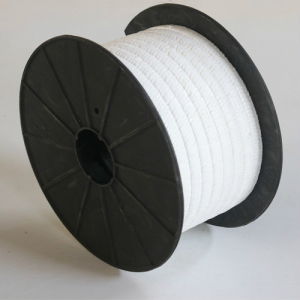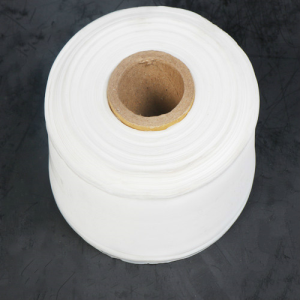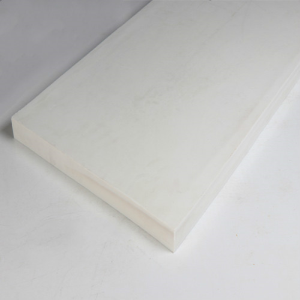Polytetrafluoroethylene molded rod, we can understand from the literal, this is a rod made of polytetrafluoroethylene material.
This bar is an unfilled polytetrafluoroethylene resin suitable for processing various gaskets, seals and lubricating materials working in corrosive media, and electrical insulating parts used at various frequencies. Rods made of recycled polytetrafluoroethylene resin through molding, paste extrusion or plunger extrusion.
Let ’s take a look together today. Its raw material, polytetrafluoroethylene, is a product called “King of Plastics”. The relative molecular mass of polytetrafluoroethylene is as large as hundreds of thousands. Above 10 million, usually millions, the degree of polymerization is on the order of 104, while polyethylene is only 103. Generally, the crystallinity is 90 to 95%, and the melting temperature is 327 to 342 ° C. CF2 units in polytetrafluoroethylene molecules are arranged in a zigzag shape. Because the radius of fluorine atoms is slightly larger than that of hydrogen, adjacent CF2 units cannot be completely oriented in trans cross orientation, but form a spiral twisted chain, and the fluorine atoms are almost covered. Off the surface of the entire polymer chain. This molecular structure explains the various properties of polytetrafluoroethylene. When the temperature is lower than 19 ° C, a 13/6 helix is formed; at 19 ° C, a phase change occurs, and the molecules are slightly untied to form a 15/7 helix.
Although the break of carbon-carbon bond and carbon-fluorine bond in perfluorocarbon compounds need to absorb energy of 346.94 and 484.88kJ / mol, respectively, it takes only 171.38kJ to depolymerize polytetrafluoroethylene to produce 1mol tetrafluoroethylene. Therefore, during high temperature cracking, polytetrafluoroethylene is mainly depolymerized into tetrafluoroethylene. The weight loss rates (%) of polytetrafluoroethylene at 260, 370 and 420 ° C are 1 × 10-4. 4 × 10-3 and 9 × 10-2 per hour, respectively. It can be seen that polytetrafluoroethylene can be used for a long time at 260 ° C. Since pyrophosgene and perfluoroisobutylene are produced as highly toxic by-products during high temperature cracking, special attention must be paid to safety protection and to prevent polytetrafluoroethylene from coming into contact with open flames.
This is worth noting. Although this product is resistant to high temperatures, be careful not to directly contact open flames.




